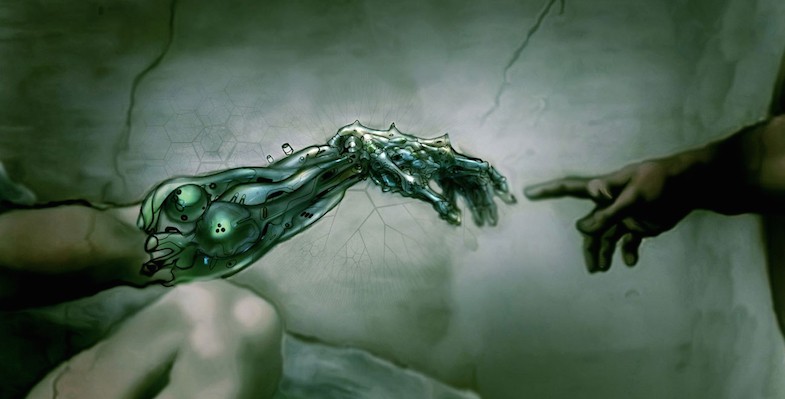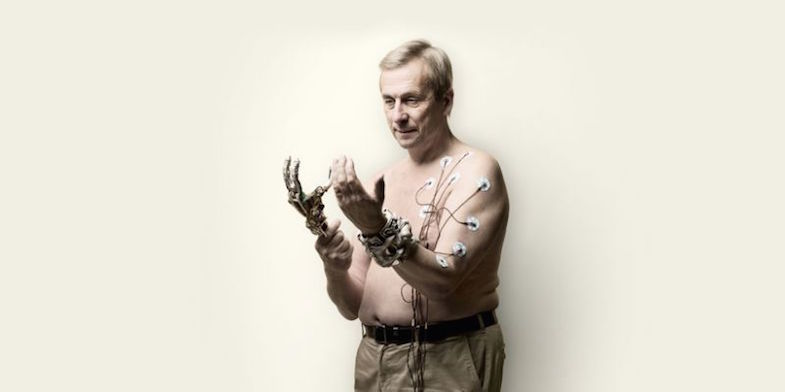Underwebtribes: World of Cyborgs
Share

Computers have come a long way since the huge mainframes of the 1950s that easily filled up an entire room. Now, well over 60 years later, we’ve moved to an era of wearables and technological implants.
Man and machine are in co-evolution. The Information Age has officially evolved into the physical fusion of humans and machines. Humanised tech can come in all kinds of guises.
With his 'Project Cyborg', Kevin Warwick, a Professor of Cybernetics, is pushing the limits of transhumanism. He became the world’s first cyborg, by implanting a radio frequency ID in his arm back in 1998. In consequence, he was able to turn lights on by snapping his fingers and he once even let his wife’s - who is also cybernetic - take control of his body through her own brain waves.


Meanwhile, a group of cybernetic artists have emerged, such as Neil Harbisson who has overcome his visual impairment thanks to an antenna implanted on his skull. Before, he could only see in black and white shades, whereas now, his eyeborg allows him to hear colours that normal humans can’t even perceive. He charges his eyeborg via an USB power cable, but in the future, he intends on using blood circulation or kinetic energy to charge his chip. Meanwhile Neil also founded the Cyborg Foundation, as he believes it's now time for trans-species to come out of the closet...
Though it’s obviously not without risk, there are also quite some DIY’ers fervidly experimenting with brain stimulation wearables. Promoted as ‘Drug free method to increase Concentration as well as relief for Depression, Anxiety and Migraines!’, the Internet is overflowing with all kinds of DIY-sets. Designed to boost cognition, the 'Do It Yourself tDCS' device is made up of a band that wraps around one’s head with electrodes placed at specific scalp locations to target specific brain regions. The devices transmit varying levels of electrical current to the brain to achieve the desired result, such as an enhanced state of relaxation, energy, focus or creativity. Again, playing around with such kits is not without danger. Users of tDCS are exposing themselves to hidden risks, neuroscientists warn in an open letter in the Annals of Neurology journal.
Will this impact your business, job or your organisation? Let’s figure it out during one of our lectures or workshops on youth culture.